Cart
Instrument Microphone
Voir les marques
Filters
Filter
154
Results :
Products per page
Sort
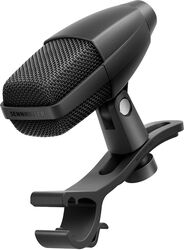
299.00 €
267.00 €

279.00 €
269.00 €

32.30 €
29.00 €

59.00 €

109.00 €
99.00 €

125.00 €
105.00 €
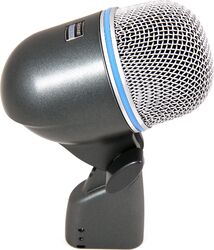
225.00 €
185.00 €

199.00 €
179.00 €
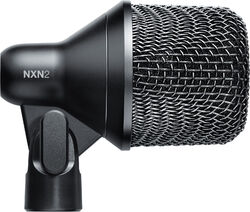
289.00 €
268.00 €

389.00 €
344.00 €

179.00 €

386.40 €
319.00 €
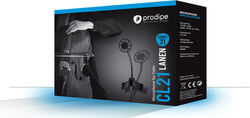
129.00 €

138.00 €
85.00 €

48.75 €
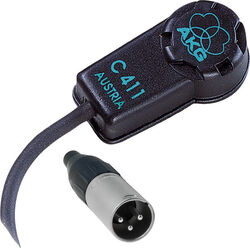
258.00 €
155.00 €

159.00 €
135.00 €
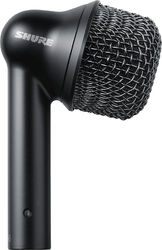
255.00 €
234.00 €

289.00 €
268.00 €

299.00 €
280.00 €

220.00 €

159.00 €
131.00 €

219.00 €
180.00 €

139.00 €
114.00 €

149.00 €
67.00 €

1295.00 €
1265.00 €
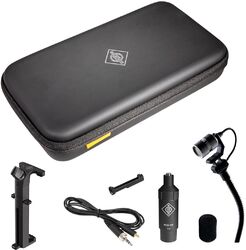
629.00 €
589.00 €

629.00 €
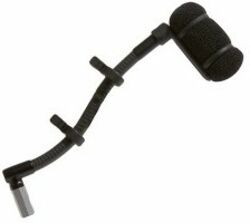
269.00 €
239.00 €
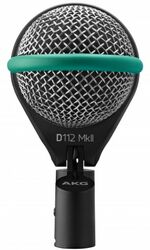
238.80 €
159.00 €
Brands in the category : Instrument Microphone
See more



















